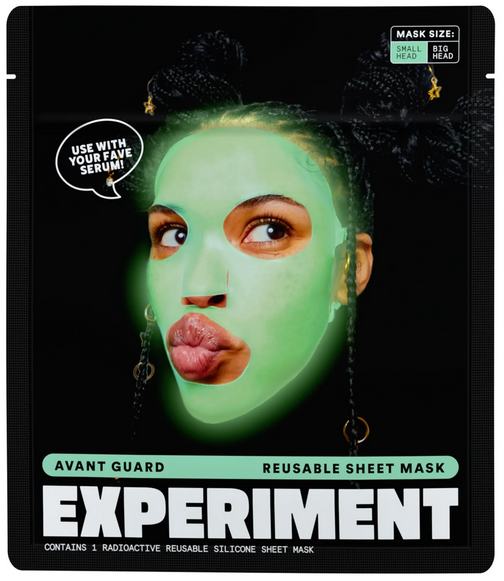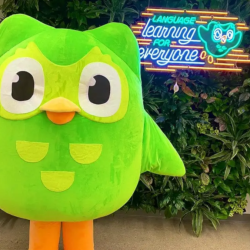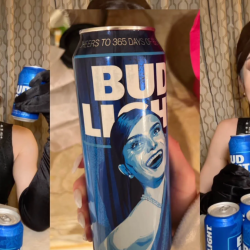This month, I’ve been working with an amazing charity that aims to build a society where no-one feels alone with their grief. It strikes me that we often wear a mask of OK-ness in the wake of a loss. Maybe in an effort to feel more OK, but often in an effort to avoid making anyone else uncomfortable.
Brands love masks too. They mostly present a polished, often superficial image to the world. But when they’re willing to own their weaknesses and flaunt their flaws, something magical happens. Brands that admit their failures or acknowledge their own ‘loss’ of direction can create a powerful connection with their audience. This kind of honesty humanises a brand. Remember the full-page print ad from KFC when they ran out of chicken in 2018? A perfect response to an unthinkable mishap for the number one name in deep-fried fowl.
Brands, like individuals, have a narrative identity that evolves
Paul Bailey, Brand Strategy Director at Halo, suggests we should ‘consider brands through the principles of wabi-sabi — a Japanese aesthetic ideology centred around the acceptance of persistent transience.’ By revealing their flaws and weaknesses, brands reflect the complex process of self-authoring.
They evolve from lifeless symbols to dynamic participants in their own stories. They start to feel more natural, and more human.
In philosophy, Deleuze talks about ‘becoming’ — the idea that identity is fluid. Like people, brands are always in a state of becoming rather than being a fixed entity. The act of unmasking also evokes Heidegger’s concept of ‘Dasein,’ the acknowledgement of being thrown into the world and the responsibility that comes with it. Brands that take off their masks are acknowledging their ‘thrownness,’ their vulnerabilities, and their existential challenges.
Larry Millstein, co-founder of Gen Z innovation consultancy PRZM, argues that the brands that resonate most with Gen Z communicate ‘in a way that speaks to how we communicate online, whether it’s through memes or humorous imagery, or just being a little self-effacing and not taking yourself too seriously.’
The New York entrepreneur Lisa Guerrera believes that the most compelling aesthetic for this generation is ‘kind of subversive… It’s a messy, casual vibe. It’s very raw.’ It’s a delightfully ironic twist that her company, EXPERIMENT, makes… masks (reusable skincare sheet masks, to be specific).

Whilst we should always avoid simplistic generational stereotypes as marketers, there’s certainly space for brands that adopt a messier, less self-important vibe. And it’s a refreshing contrast to the lofty (but often hollow) purpose-speak that many bigger companies pump out. Of course, imperfection can also be high-luxury — a kind of mask in its own right.
Consider this messy patchwork blazer that retails for £9,498.
According to Alessandro Michele, former creative director at Gucci, ‘true beauty lies in imperfection’. And a particular strain of conspicuous status-signalling lies there too. The value of ‘authenticity’ has probably been overstated in the marketing media in recent years, but when brands get it right — whether through joyfully candid communication, or in the cultural codes of high fashion, perceived authenticity clearly has a special power. The masks we wear, whether as individuals or as brands, often serve to hide our vulnerabilities. But embracing these imperfections can strengthen connections, trust, and desirability.
Honesty can transform a brand from a distant, faceless machine into a relatable character that people enjoy spending time with.
There’s a lesson there for all of us.
Featured image: EXPERIMENT































